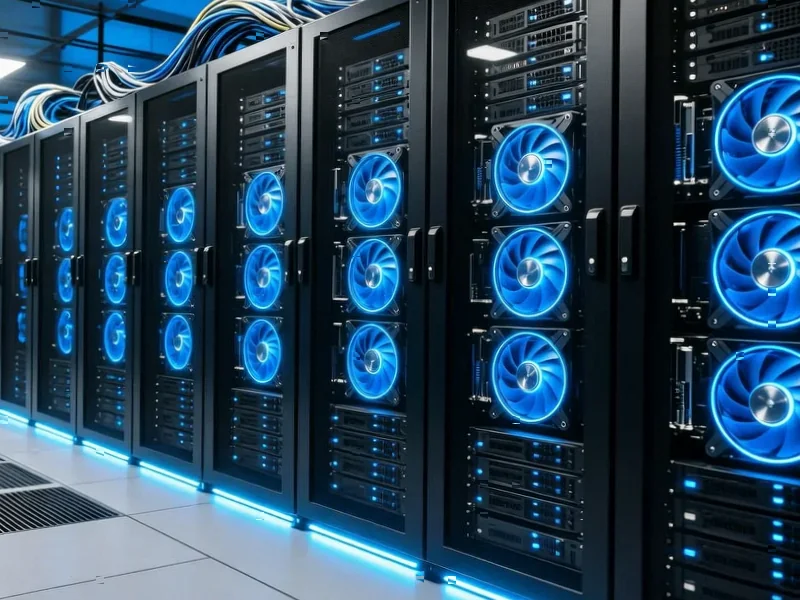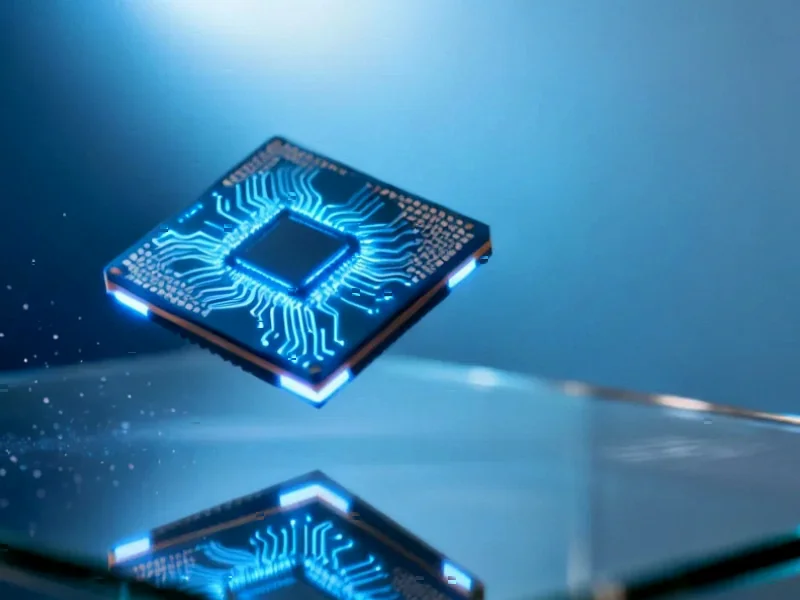According to Wccftech, SK hynix revealed its next-generation memory roadmap at the SK AI Summit 2025, outlining detailed product timelines for both 2026-2028 and 2029-2031 periods. The company plans to introduce HBM4 16-Hi and HBM4E 8/12/16-Hi stacks in the near-term, followed by HBM5 and HBM5E solutions beyond 2029. The roadmap also includes GDDR7-next memory, DDR6 for mainstream computing, and revolutionary 400+ layer 4D NAND architectures. Particularly noteworthy is SK hynix’s collaboration with TSMC on custom HBM solutions that move controller functions to the base die, potentially increasing GPU compute area while reducing interface power consumption. This ambitious timeline positions SK hynix for continued leadership in the rapidly evolving AI memory market.
The AI-First Memory Strategy
SK hynix’s roadmap represents more than just technological progression—it signals a fundamental business model transformation toward AI-optimized memory solutions. The company is systematically segmenting its product portfolio with dedicated “AI-D” DRAM and “AI-N” NAND categories, moving beyond the traditional commodity approach where memory was treated as a standardized component. This strategic pivot acknowledges that AI workloads have fundamentally different memory access patterns and bandwidth requirements compared to conventional computing. By developing specialized solutions for AI inference, training, and edge deployment, SK hynix is positioning itself to capture premium pricing in high-margin AI segments while maintaining its traditional memory business.
The Custom HBM Business Model Revolution
The collaboration with TSMC on custom HBM solutions represents a significant shift in semiconductor business relationships. By moving controller functions to the HBM base die, SK hynix is essentially creating stickier customer relationships and higher-value products that command premium pricing. This approach allows GPU manufacturers like NVIDIA and AMD to optimize their silicon real estate for compute rather than memory management, creating mutual value that justifies the higher cost of custom HBM. The power reduction benefits also address one of the biggest challenges in AI data centers—energy consumption—which translates directly to lower total cost of ownership for cloud providers. According to industry analysis, this custom approach could become the dominant HBM business model by the late 2020s.
Navigating the Intensifying Memory Competition
SK hynix’s aggressive roadmap comes at a critical juncture in the memory industry’s competitive dynamics. While the company currently enjoys leadership in HBM3E and strong positioning for HBM4, competitors Samsung and Micron are investing heavily to close the gap. The 2029-2031 timeline for HBM5 and DDR6 suggests SK hynix believes it can maintain its technology lead through multiple product generations. However, the GDDR7-next positioning is particularly interesting—it indicates that SK hynix expects the current GDDR7 standard to have a longer lifecycle than previous generations, possibly due to the massive R&D investments required for next-generation AI memory technologies. This extended timeline gives the company breathing room to allocate resources strategically across multiple memory categories.
Revenue Implications and Market Opportunities
The financial implications of this roadmap are substantial. HBM currently commands prices 5-10x higher than conventional DRAM, and the move toward custom solutions could further increase premium pricing power. The AI-D and AI-N segmentation strategy allows SK hynix to create differentiated products for specific AI workloads, potentially capturing value across the entire AI infrastructure stack from cloud data centers to edge devices. The 400+ layer 4D NAND development addresses the growing need for high-capacity, high-bandwidth storage in AI training environments where model sizes continue to explode. As AI models grow beyond trillion parameters, the memory and storage requirements create unprecedented revenue opportunities for companies that can deliver optimized solutions.
The Execution Challenge Ahead
While the roadmap is ambitious, the execution risks cannot be understated. Developing HBM5 with even higher bandwidth and stack counts requires breakthroughs in thermal management, signal integrity, and manufacturing precision. The 400+ layer NAND represents nearly a doubling of current layer counts, presenting significant yield challenges. More fundamentally, SK hynix must navigate the capital intensity of simultaneously developing multiple next-generation technologies while maintaining profitability. The company’s success will depend on its ability to execute this complex technology portfolio while managing the substantial R&D investments required. The 2029-2031 timeline provides some buffer, but the competitive pressure from well-funded rivals means any missteps could be costly in this high-stakes memory race.




